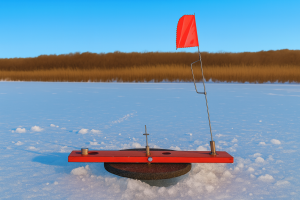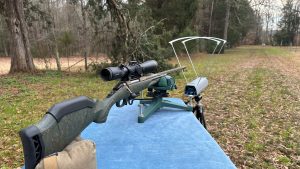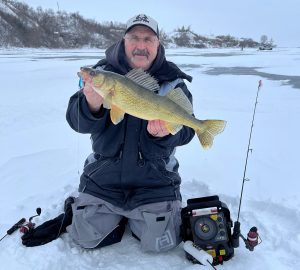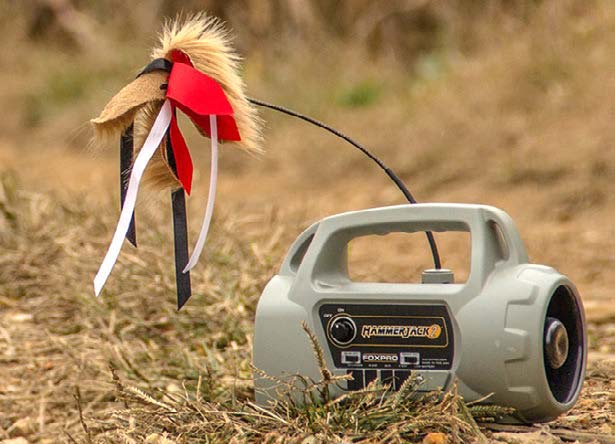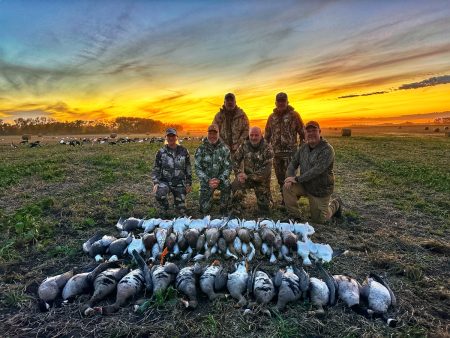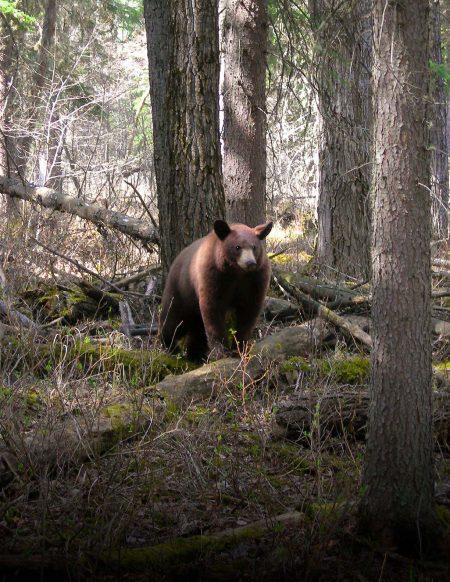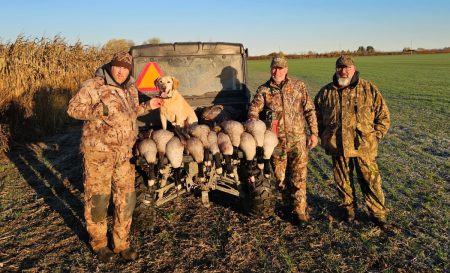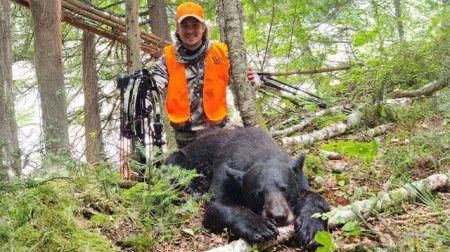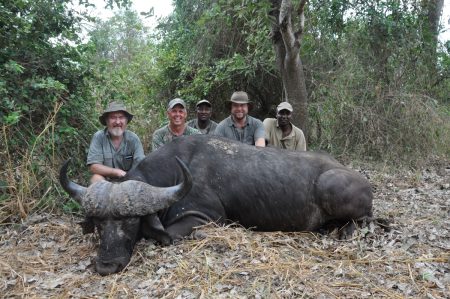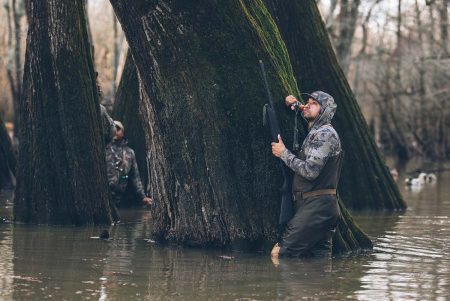On the surface, calling coyotes might appear to be simple: Play coyote sounds on your snazzy electronic caller, wait all of 30 seconds, and they’ll come hard- charging in, right? Not exactly. It’s true that there are times it can be that easy, but that is the exception, rather than the rule. Whether you’re new to the world of calling or just want to up your game, here are 10 tips to help you along the way.
1: YOUR E-CALLER DOESN’T MATTER.
This might come as a surprise, but when it gets right down to it, this skill is less about the brand of e-caller you use and more about the sounds coming out of it.
Yes, there are certain features you should be looking for in an e-caller, but if you’re using the wrong coyote sounds, features won’t save your hunt. Put time and thought into the sounds you load onto your e-caller and be willing to update them as time goes by.
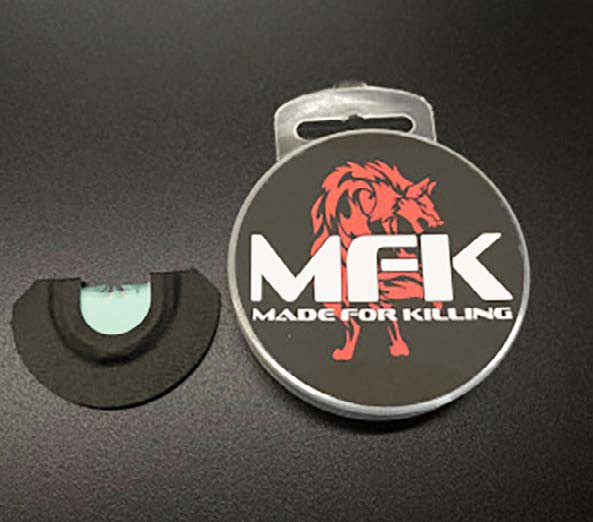
2: AVOID SKYLINING.
Try to avoid setting up for stand-in spots where you could be skylined. Coyotes have sharp eyes, and you don’t want to blow the set before it begins by sitting in a way that makes you readily visible. This means not sitting at the crest of a rise or out in the open when there are trees, cacti or other features to blend into.
3: CAMO BOTH IS, AND ISN’T, OPTIONAL.
Movement is your biggest enemy (but not the only problem). Technically, calling coyotes is possible without using camo. However, they do have sharp vision, making it easier for them to spot you whether or not you move around. The answer to the question of whether to wear camo depends on factors like the terrain you’re hunting in, how good your concealment is and what you’ll be wearing instead. For example, if you’re out there in a snowy field dressed in head-to-toe black, you’re going to be incredibly easy to spot. To have the greatest success, camo is a good idea, but if you don’t have any, don’t let that stop you from going hunting.
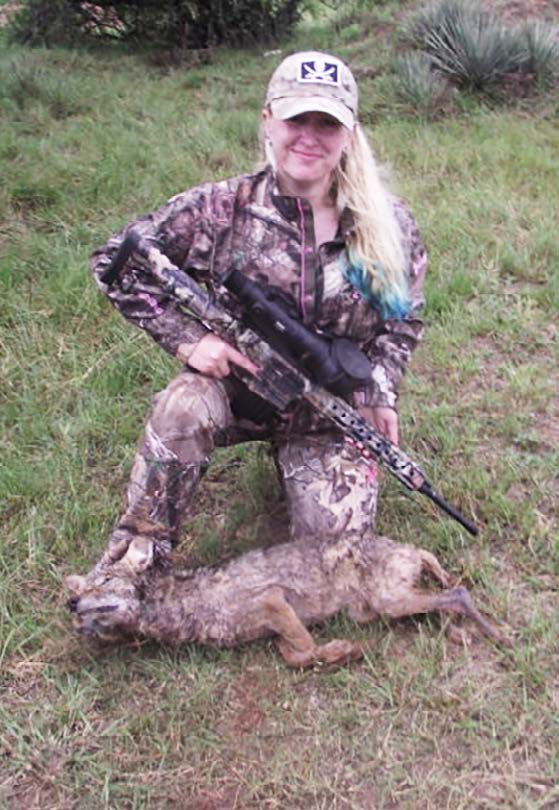
4: MOUTH CALLS AREN’T A THING OF THE PAST.
Whether it’s a diaphragm or hand-held mouth call, these are pieces of gear that still have a place in your hunting kit. There’s a lot to be said for taking the time to master mouth calls, and not only in case your e-caller quits working. Electronic sounds have come a long way thanks to the work of people like Tony Tebbe of Predator University, but there’s nothing quite like coyote sounds being created in the moment. You might even find that something as simple as a dog’s squeaky toy can work, depending on the situation. Don’t limit yourself only to digital calls.
5: USE ENOUGH GUN. (ALSO, THERE’S NO SUCH THING AS TOO MUCH GUN.)
Sure, you could hit the fields with a 17 HMR, but why not use something a little more capable? Popular cartridges among coyote hunters include 243 Win, 6.5 Creedmoor, 6.8 SPC, and others.
There are two scenarios in which a gun might be considered “too much” for coyotes: Excessive hide damage for those selling hides, and when the available range is too short or is unknown. The latter instance makes truly big bores a higher risk for unseen targets. There’s also the fact you might not want to tote a 50 BMG around on a coyote hunt because they do get heavy (ask me how I know). An intermediate caliber works well.
Whatever you choose, look for something that delivers a flat trajectory, decent effective range, and one-shot kills.
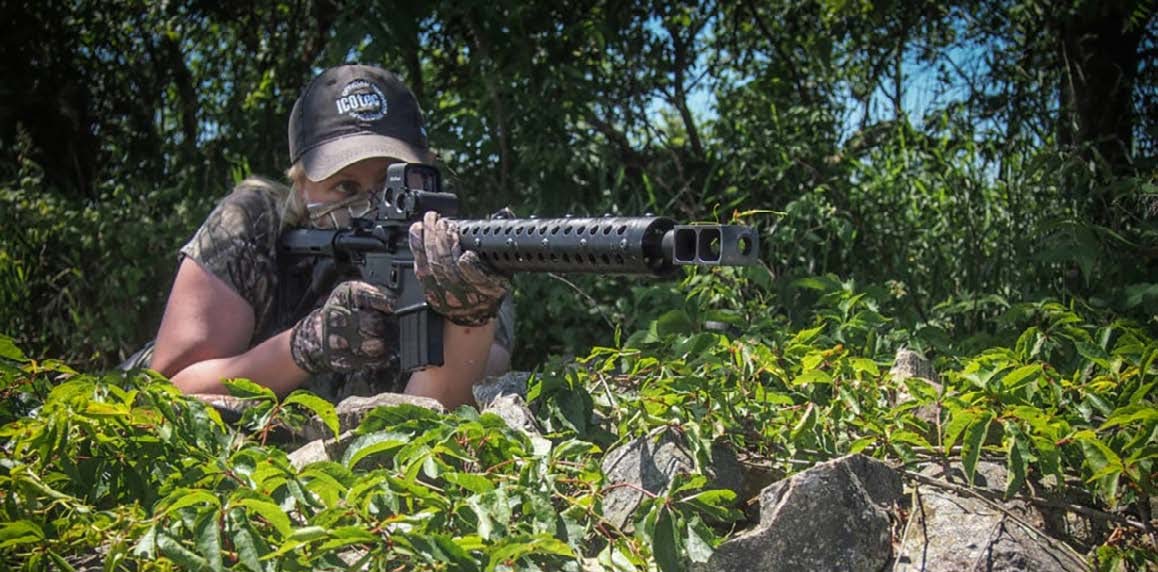
6: KNOW THE SEASON.
Sounds that work best to bring coyotes in vary by season. If you’re familiar with the phase the coyotes are going through and appeal to those senses, that will help you be a more successful predator hunter. Yes, some coyote sounds work fairly well year-round, but it still pays to familiarize yourself with the nuances.
7: PATIENCE IS A CALLING VIRTUE.
You’re going to be sitting and waiting rather often when calling coyotes. If you expect to hunker down for all of 60 seconds from start to finish for a single set, you’re going to have a bad time. Be patient. Don’t over- call an area, but don’t fail to put in a good effort, either.
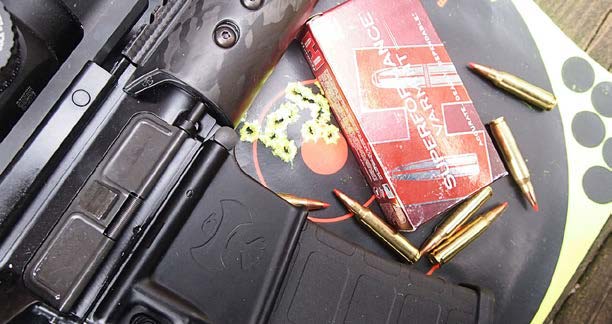
8: BE FLEXIBLE.
Some seasoned callers will tell you to hit a sound for maybe 30 seconds while others will say to run it nonstop. Similarly, some think it’s smart to start sounds softly and gradually increase volume, while others don’t believe that matters. Keep in mind that what works for one person might not be ideal for you, and vice versa.
Does this mean you should discount the advice of pros? Absolutely not. Be willing to change it up and try something new now and then.
9: REMEMBER, COYOTES ARE SMART.
There will be times the coyote (or coyotes) you call in will come in charging straight for the caller or decoy. But it’s also highly likely they’ll check out the area first, circling and approaching with caution. Just because you don’t see them doesn’t mean they’re not there. All the more reason to stay still and be patient. You never know when a coyote might be circling surprisingly close behind you during a set.
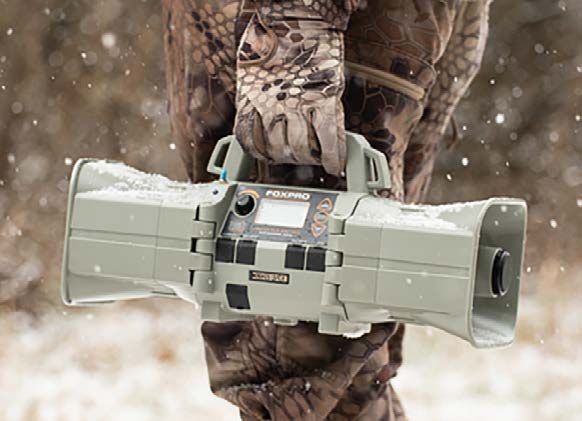
10: WEAR YOUR EAR PRO.
This one isn’t exactly a tip for calling, it’s more about preserving your hearing. Too many hunters make the mistake of believing one shot here and there without ear pro doesn’t matter, but it does. Invest in good quality electronic earbuds that allow you to hear everything around you and you’ll still be able to hear your buddy whispering. Or, even better, get a suppressor. Suppressors protect your hearing, and they also help keep an area quieter so you’re less likely to make too much noise and scare animals away. Your ability to hear doesn’t regenerate, so protect it.
It’s accurate to say there’s more to calling coyotes than wandering into a field with a gun and an e-caller. On the other hand, it really is that simple. You’ll never learn unless you get out there and do it. Don’t let a lack of gear stop you. Get your rifle zeroed and hit the woods and fields. All hunts become coyote hunts when they walk onto the scene but calling them in is so much better. Get to it!
Per our affiliate disclosure, we may earn revenue from the products available on this page. To learn more about how we test gear, click here.

